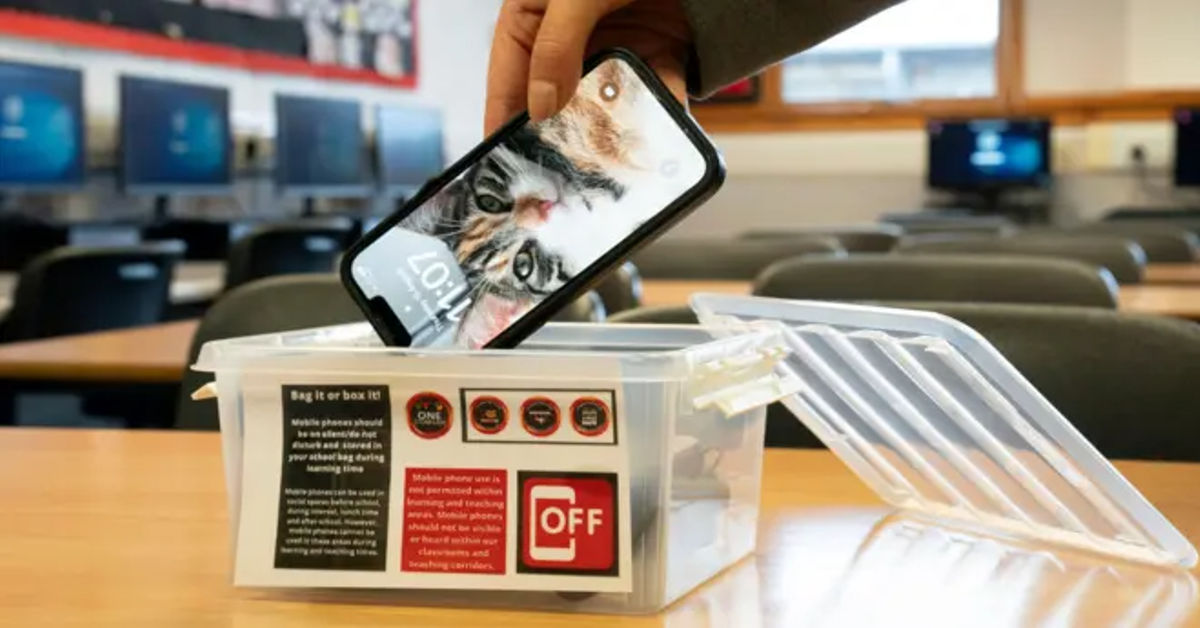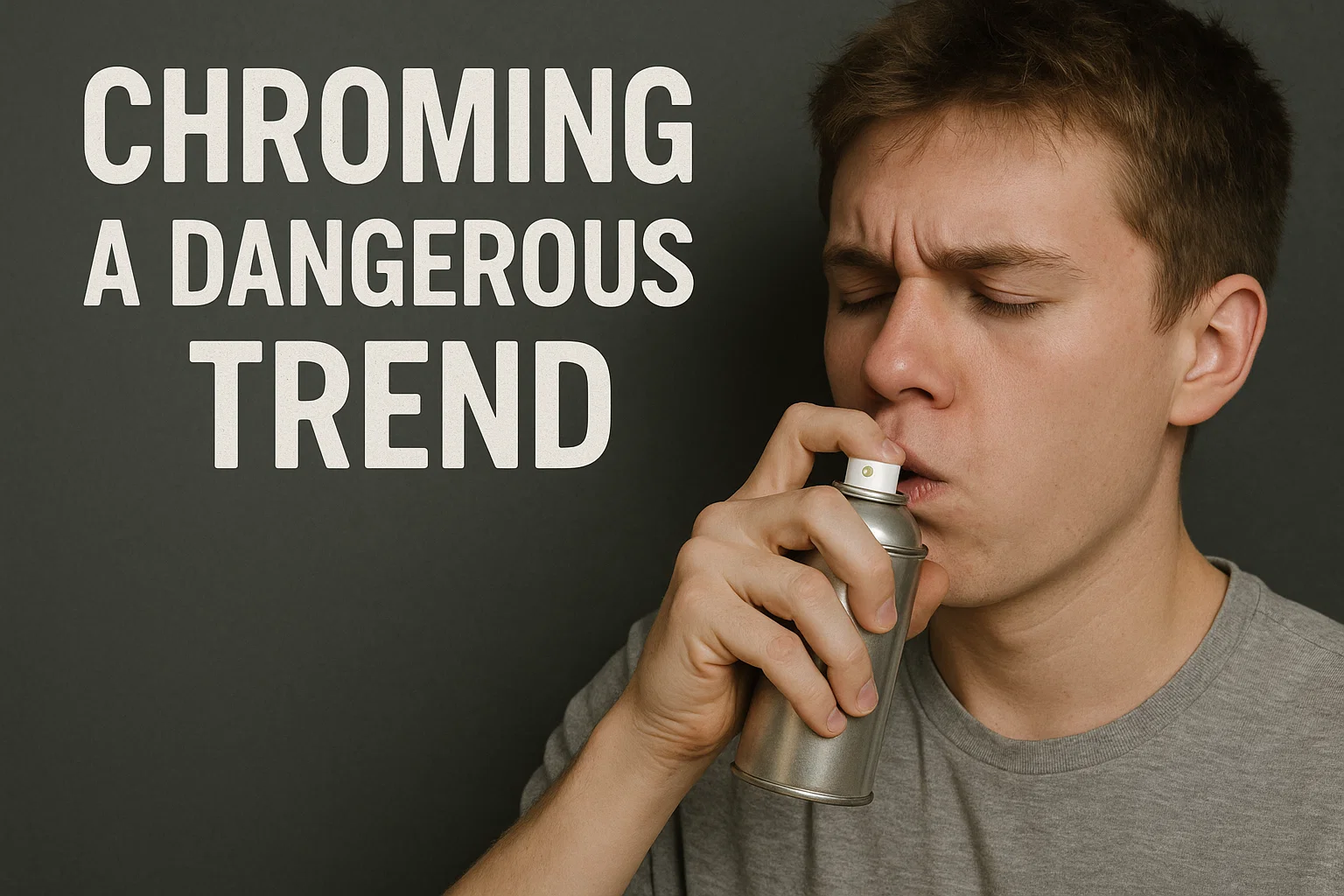
As temperatures skyrocket across much of the United States this summer, a strange yet alarming trend has begun making waves on TikTok, Reddit, and Google Trends: “Silicone phone case burns in sun.”
Reports from states like Arizona, Texas, Nevada, and even parts of California reveal users experiencing minor burns or skin irritation after their smartphones, equipped with silicone phone cases, were exposed to direct sunlight for extended periods.
The unexpected problem has triggered a wave of online discussion, with many asking: Can a phone case really burn you? Let’s dive into what’s happening — and how to protect yourself.
What’s Causing the Burns?
Most people assume silicone is heat-resistant, and technically, it is. However, not all silicone phone cases are made with the same grade or quality of materials.
According to Dr. Miriam Johnson, a materials engineer at the University of Michigan, the issue lies in:
- Low-grade, unregulated silicone
- Dark pigments that absorb more heat
- Cheap dye compounds reacting to UV rays
“When silicone is mixed with certain dyes or fillers to cut costs, it can absorb and retain heat in a way that high-quality materials don’t,” says Dr. Johnson. “That heat can be transferred to your hand, face, or pocket — especially if the case has been sitting in the sun.”
In some cases, users have reported mild burns after simply picking up their phone that was left on a car dashboard or a metal table at the beach.
Why This Is Trending Right Now
This topic first gained traction after a viral TikTok video in late June showed a user in Phoenix, AZ, with a visibly reddened palm. The user explained they had picked up their phone after it had been lying screen-up, case-down, on a patio table for just 15 minutes.
Soon after, dozens of similar posts surfaced under hashtags like:
- #PhoneCaseBurn
- #HotPhoneDanger
- #SummerHeatFail
- #SiliconeCaseWarning
Reddit threads in r/technews, r/weirdnews, and r/mildlyinfuriating began collecting stories and images from people across the southern U.S., some even showcasing melted or warped cases.
Google Trends has recorded a 400% spike in searches for phrases like:
- “Why is my phone case hot?”
- “Silicone phone case burns skin.”
- “case melted in the sun”
The Science: How Silicone Reacts to Heat
Silicone, by nature, has a high heat tolerance — typically up to 200°C (392°F). However, that’s only true for medical- or industrial-grade silicone. Phone cases, especially those bought from online marketplaces or discount shops, often use synthetic silicone blends.
These blends may include:
- Unregulated filler materials
- Colorants that degrade in UV
- Plasticizers that break down under heat
This means that while your case may appear sturdy, it could:
- Superheat faster under UV
- Warp after prolonged exposure
- Retain surface heat longer, increasing skin contact temperature
“Some black or neon-colored cases absorb and store significantly more heat,” says Rachel Miles, a consumer tech analyst. “We’ve measured surface temperatures as high as 140°F on dark silicone cases left in sunlight for 10 minutes.”
Reported Side Effects from Users
People across the country have reported symptoms such as:
- 🔥 Mild to moderate skin redness
- 🔥 Blisters after extended contact
- 🔥 Phone overheat warnings
- 🔥 Discoloration or melting of the phone case
- 🔥 Odors or off-gassing from overheated materials
A Reddit user from Las Vegas shared:
“My case turned soft and sticky after I left it in my car. When I picked it up, it burned my fingertips — I had to throw it away.”
Tips to Protect Yourself This Summer
Whether you’re driving, lounging by the pool, or walking around the city, here’s how to keep yourself and your phone safe:
1. Avoid Cheap Silicone Cases
Stick to name-brand manufacturers that provide heat-resistance details. Avoid off-brand or untested silicone cases from unknown sources.
2. Choose Light Colors
Dark colors absorb more heat. Switch to white, gray, or pastel phone cases to reflect sunlight and stay cooler.
3. Don’t Leave Phones in Direct Sunlight
Cars, outdoor tables, and beach towels are heat traps. Always keep your phone in the shade or covered.
4. Use Hybrid or Fabric Cases
Cases made of polycarbonate, TPU, or canvas/fabric blends offer better thermal insulation than pure silicone.
5. Test Before Use
If your phone case heats up quickly in the sun, consider replacing it. No accessory is worth a skin injury or damage to your device.
What the Experts Are Recommending
Some consumer watchdogs have even suggested a product recall review for certain silicone case models being sold online. So far, no official recalls have been issued, but safety advocates warn that the materials used in budget cases may violate U.S. safety standards.
“The lack of regulation on silicone accessories is an issue,” says Jared Lin, Director of Consumer Reports Lab. “Manufacturers don’t always disclose what’s in their blends, and extreme temperatures expose those flaws.”
Popular Brands at Risk?
While no major brand has been named specifically, many of the reports involve:
- Unbranded Amazon cases
- AliExpress & Wish purchases
- Counterfeit brand-name cases
If your phone case cost less than $5 and came with no safety labeling, it’s time to double-check.
Final Thoughts
The idea that a phone case — a basic protective item — could cause injury may sound odd. But with record-breaking heatwaves and more time spent outdoors, UV exposure and material quality are more important than ever.
If you use a silicone phone case, especially a dark or off-brand one, take caution when in the sun. Always test your case in the shade, and upgrade to heat-tested materials if possible.
Remember: Your phone should be smart — but your protection should be smarter.
FAQs
1: Can silicone phone cases actually burn your skin in the sun?
Yes, silicone phone cases can retain a surprising amount of heat when left in direct sunlight. Especially in high-temperature areas like Arizona or Texas, the outer surface of dark-colored cases can become hot enough to cause minor skin burns. The issue often arises from low-quality silicone blends used in cheap phone cases.
2: Why do some phone cases get hotter than others?
Phone cases made with dark colors or poor-quality materials tend to absorb and store more heat. Lighter-colored or UV-resistant materials reflect sunlight better and stay cooler. The design and ventilation of the case also play a role in how much heat it traps.
3: Are expensive silicone cases safer than cheap ones?
Generally, name-brand or higher-end silicone cases are manufactured with tested, heat-resistant materials. Cheap or unbranded cases often skip quality controls, increasing the risk of overheating and discomfort. It’s always safer to invest in products that follow safety standards.
4: What materials are safer than silicone for hot weather?
Polycarbonate, TPU, and hybrid plastic-fabric phone cases tend to perform better in hot conditions. These materials are less likely to retain surface heat and often come with built-in heat-resistance features. They’re ideal alternatives for summer use.
5: Can leaving a phone in the sun damage the phone itself?
Yes, aside from the phone case, your device’s battery and internal components can overheat. Prolonged sun exposure can cause your phone to shut down, warp the case, or even cause screen damage. It’s best to keep your phone shaded or indoors when not in use.
6: What are signs that my silicone case is overheating?
You may notice the case becoming sticky, soft, or discolored after being left in the sun. If it feels unusually hot to the touch or emits a plastic-like odor, it’s likely absorbing too much heat. Warping or peeling edges are also warning signs.
7: Are UV rays responsible for heating the case?
Yes, UV rays can significantly heat materials like silicone, especially when combined with ambient temperature and direct sunlight. Some cases even contain dyes that react negatively to UV exposure. UV-reactive chemicals may accelerate heating and degradation.
8: Should I stop using silicone phone cases in summer?
You don’t need to completely avoid silicone, but it’s best to be cautious during hot months. Use cases made with certified heat-resistant silicone or switch to safer materials for outdoor use. Also, avoid leaving your phone on hot surfaces or in direct sunlight.
9: How can I prevent my phone case from overheating?
Keep your phone out of direct sunlight by placing it under shade or covering it when outdoors. Use a light-colored case or one labeled UV-resistant for better heat control. Avoid leaving it on surfaces like dashboards, metal tables, or sand.
10: Can phone cases cause allergic reactions if overheated?
Yes, when low-quality silicone is overheated, it may release irritants or soften enough to cause skin contact issues. Some people may develop redness, itching, or blisters. Always choose hypoallergenic and safety-certified materials to avoid allergic responses.
11: Are there any health risks from off-gassing silicone in heat?
Low-grade silicone may emit fumes or chemical odors when exposed to high temperatures. While these are typically mild, sensitive individuals may experience headaches, nausea, or irritation. It’s safer to avoid cheap or unknown brand cases during hot seasons.





















































































































































